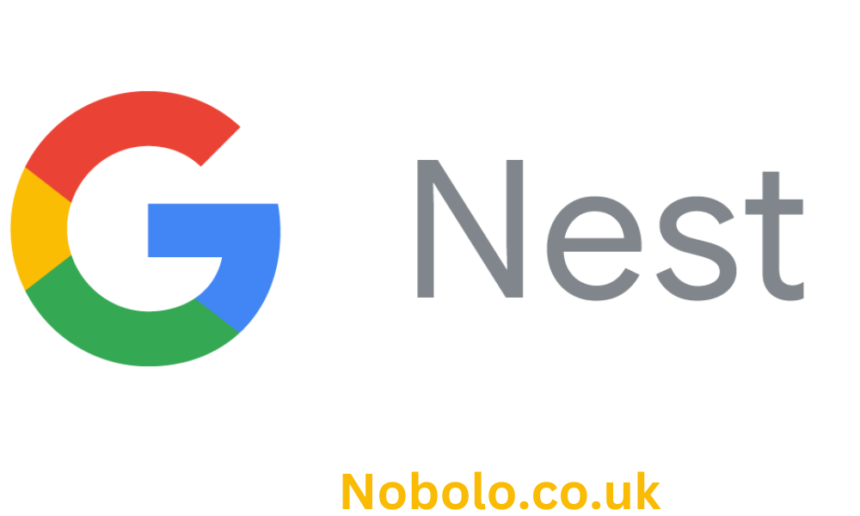What Is Google SDM-Prod?
In the ever-evolving world of technology, Google consistently stands out as a leader in innovation. Among its myriad services and APIs, one term that often sparks curiosity is Google SDM-Prod. For those diving into the intricacies of smart home ecosystems or API integrations, understanding this term can be crucial. But what is Google SDM-Prod, and why is it important? This article explores the concept, functionality, and impact of Google SDM-Prod in detail.
Understanding Google SDM-Prod
Google SDM-Prod refers to the Smart Device Management (SDM) Production API or ecosystem, primarily associated with Google’s Nest product line. It acts as a backend environment for managing and integrating smart home devices into Google’s broader ecosystem. The term “Prod” is short for “Production,” indicating that this system operates in a live, real-world environment, as opposed to a testing or staging environment.
At its core, Google SDM-Prod enables developers, businesses, and advanced users to manage and control Google Nest devices programmatically. It allows for seamless integration of Nest thermostats, cameras, doorbells, and other smart devices into custom applications and third-party platforms.
Key Features of Google SDM-Prod
Google SDM-Prod offers a range of features designed to enhance the functionality and usability of smart home devices. Below are some of its most notable capabilities:
1. Device Control
Google SDM-Prod provides APIs that allow users to control devices remotely. This includes:
- Adjusting the temperature on Nest thermostats.
- Turning Nest cameras on or off.
- Setting up routines or schedules for various devices.
2. Real-Time Notifications
Through the API, users can receive real-time notifications from their devices. For instance:
- Motion detection alerts from Nest cameras.
- Doorbell presses or visitor detection alerts.
- Critical warnings, such as smoke detection by Nest Protect devices.
3. Data Retrieval
The SDM-Prod API allows developers to access historical and real-time data from devices, such as:
- Temperature and humidity readings.
- Video feeds or still images captured by cameras.
- Activity logs from sensors.
4. Integration with Google Assistant
One of the standout features of Google SDM-Prod is its seamless integration with Google Assistant. This means users can control devices using voice commands, making smart home management more intuitive and user-friendly.
5. Third-Party Application Support
Developers can use Google SDM-Prod to create custom applications or services that enhance the functionality of Nest devices. For example:
- Automating tasks based on specific triggers.
- Developing dashboards for monitoring multiple devices.
How Google SDM-Prod Works
To understand the inner workings of Google SDM-Prod, it’s essential to break down its architecture and operational flow.
1. Authentication and Authorization
Google SDM-Prod requires secure authentication and authorization to access device data and controls. This is achieved through OAuth 2.0, which ensures that only authorized users or applications can interact with the API.
2. API Endpoints
The SDM-Prod system provides a set of API endpoints that developers can use to interact with devices. These endpoints are categorized based on functionality, such as:
- Retrieving device information.
- Sending commands to devices.
- Subscribing to notifications.
3. Data Flow
Once authenticated, applications can send requests to the SDM-Prod API. The API processes these requests and communicates with the respective devices. For example:
- A request to adjust the thermostat’s temperature is sent via the API.
- The thermostat receives the command and updates its settings accordingly.
4. Event Subscription
Developers can subscribe to specific events or notifications, such as motion detection or device status changes. These events are pushed to the subscribed application, enabling real-time monitoring and response.
Benefits of Google SDM-Prod
The introduction of Google SDM-Prod has revolutionized the way users interact with their smart home devices. Below are some key benefits:
1. Enhanced Automation
By leveraging the SDM-Prod API, users can automate routine tasks, such as:
- Adjusting the thermostat based on time of day.
- Turning off lights when no motion is detected.
2. Improved User Experience
The seamless integration with Google Assistant and third-party applications ensures a more intuitive and efficient user experience.
3. Customization
Advanced users and developers can create custom solutions tailored to their specific needs, enhancing the overall functionality of their smart home ecosystem.
4. Scalability
Google SDM-Prod’s architecture supports a wide range of devices, making it suitable for both individual users and large-scale deployments.
Also Read: Exact Google Ads
Challenges and Limitations of Google SDM-Prod
Despite its many advantages, Google SDM-Prod is not without its challenges. Some of the key limitations include:
1. Complexity for Beginners
The API’s technical nature can be daunting for users without a programming background. Setting up and using the SDM-Prod system often requires technical expertise.
2. Privacy Concerns
As with any smart home system, privacy is a significant concern. Users need to ensure that their data is secure and that only authorized applications have access.
3. Limited Compatibility
While Google SDM-Prod supports a wide range of devices, compatibility with non-Google devices can be limited. This can restrict users who want to integrate products from multiple brands.
4. Subscription Costs
Some advanced features or integrations may require a subscription to Google Nest services, adding to the overall cost.
Use Cases of Google SDM-Prod
The versatility of Google SDM-Prod makes it suitable for a wide range of applications. Below are some examples:
1. Smart Home Automation
Homeowners can use SDM-Prod to automate tasks such as:
- Scheduling thermostat adjustments based on occupancy.
- Receiving alerts when motion is detected at the front door.
2. Enterprise Solutions
Businesses can leverage SDM-Prod for tasks such as:
- Monitoring and controlling smart devices across multiple office locations.
- Enhancing security with real-time notifications from Nest cameras.
3. Custom App Development
Developers can create innovative applications that:
- Provide advanced analytics based on device data.
- Integrate Nest devices with other smart home ecosystems.
Getting Started with Google SDM-Prod
For those interested in using Google SDM-Prod, here’s a step-by-step guide to get started:
1. Set Up a Google Cloud Project
- Create a new project in the Google Cloud Console.
- Enable the Smart Device Management API for the project.
2. Obtain OAuth Credentials
- Configure OAuth 2.0 credentials for your application.
- Ensure that the credentials are securely stored.
3. Authenticate and Authorize
- Use the OAuth 2.0 credentials to authenticate your application.
- Authorize the application to access device data and controls.
4. Interact with the API
- Use the SDM-Prod API endpoints to retrieve data, send commands, or subscribe to notifications.
5. Test and Deploy
- Test your application thoroughly in a controlled environment.
- Deploy the application in a production setting once it’s ready.
The Future of Google SDM-Prod
As smart home technology continues to advance, Google SDM-Prod is poised to play an increasingly important role. Future developments may include:
1. Expanded Device Support
- Support for a broader range of devices, including third-party products.
2. Enhanced Security Features
- Improved encryption and authentication mechanisms to protect user data.
3. AI-Powered Insights
- Integration of AI to provide predictive analytics and smarter automation.
4. Greater Interoperability
- Enhanced compatibility with other smart home ecosystems and standards.
Conclusion
In summary, Google SDM-Prod is a powerful tool that empowers users and developers to manage and integrate smart devices into a cohesive ecosystem. By offering features such as device control, real-time notifications, and seamless Google Assistant integration, it has become a cornerstone of Google’s smart home strategy.
Understanding what Google SDM-Prod is and how it works opens up a world of possibilities for smart home enthusiasts and developers alike. While there are challenges to overcome, the benefits far outweigh the drawbacks, making it an essential component of the modern smart home landscape.



